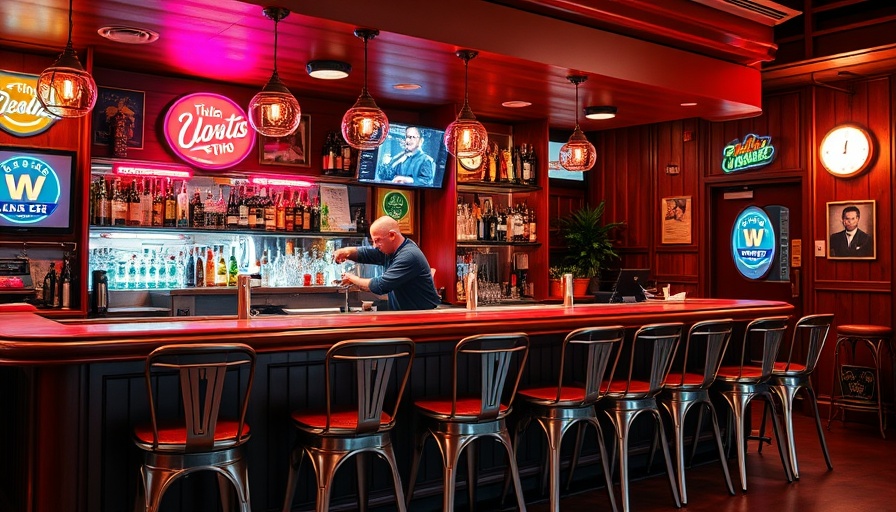
Exploring the Power of Our Five Senses
The human experience is deeply rooted in the five senses: sight, taste, touch, smell, and hearing. From the flavors of a well-cooked meal to the vibrant colors of a masterpiece, each sense contributes to our perception of the world. In Kansas City, a pioneering initiative at the University of Kansas School of Medicine is showcasing an innovative approach to health through the lens of these senses.
Transforming Medical Education Through Culinary Arts
In a refreshing twist on medical training, the KU School of Medicine is offering a week-long culinary medicine course, where future doctors swap their white coats for aprons. This program empowers first- and second-year students to appreciate how food can serve as a powerful ally in patient health. While many medical students are trained primarily in pharmacology, this course immerses them in cooking to understand how nutrition directly affects their patients’ lives.
Student volunteers kick off their journey at Kanbe’s Markets, where they help combat food insecurity by introducing fresh produce into areas that lack grocery stores. This practical grounding not only educates students about nutritional needs but also immerses them in the everyday challenges their patients may face. Dr. Marissa Love, an assistant professor and course leader, emphasizes the importance of this experiential learning. “The purpose is to increase nutrition education for medical students in a practical way that allows them to relate to their patients,” she shares.
Food as Medicine: A Crucial Approach
As chronic illnesses in the U.S. are increasingly linked to diet, this course presents a substantial opportunity to train physicians in preventative health. Students not only cook a variety of meals tailored to specific health conditions—like spaghetti, in its various iterations—but also learn how to communicate realistic dietary changes to patients with conditions such as diabetes or hypertension. Cooking offers tangible skills they can apply directly in clinical settings.
Engineering a New Perspective on Anxiety Relief
This course also accentuates a lesser-known coping strategy for anxiety. The use of taste—specifically, sour candy—has gained traction as a grounding technique. While there is not yet robust scientific backing for this method, anecdotal evidence suggests that the sharp and intense flavors of candies like WarHeads or Lemonheads may provide a momentary distraction from anxious thoughts, bringing individuals back to the present.
While some therapists support this tactic, there are voices of caution, warning that reliance on food as a coping mechanism could lead to unhealthy habits. The delicate balance between finding comfort in flavors while avoiding potential over-dependence highlights the nuanced relationship between enjoyment and health.
Bringing Color to Sight: EnChroma Glasses at Nelson-Atkins
Enhancing the experience of the senses doesn’t stop with taste. At the Nelson-Atkins Museum of Art, an exciting initiative is at play to help visitors with red-green color blindness enjoy art in vibrant ways. Thanks to the EnChroma Color Accessibility Program, glasses that help manage colorblindness are available to guests, allowing them to fully appreciate the brilliance of colors in artwork like Van Gogh’s landscapes and Monet’s sunsets.
This endeavor reinforces the museum's commitment to inclusivity, making it possible for more individuals to experience art without the limitations of visual impairments. By providing access to these glasses, the museum aims to enhance not only the visual experience but also the emotional connection to art itself.
A Taste of Community and Awareness
These engaging initiatives at the University of Kansas and the Nelson-Atkins Museum exemplify how sensory experiences can transcend traditional educational and recreational approaches. They illustrate a growing understanding of how we can treat and experience life more richly through the lens of our senses.
While engaging with food and art can support our health and well-being, it also fosters a deeper sense of community. Such programs instill the values of empathy and understanding that will be vital for future healthcare professionals. As these future doctors and art enthusiasts take their learned experiences into the world, they bring with them a renewed perspective on how to engage with and support their communities through simple yet profound sensory interactions.
 Add Row
Add Row  Add
Add 




Write A Comment